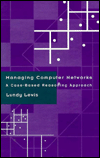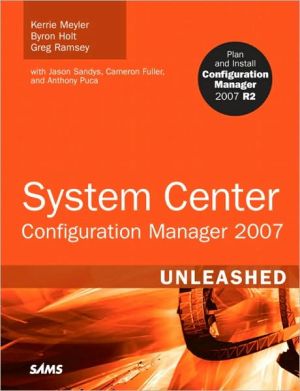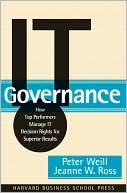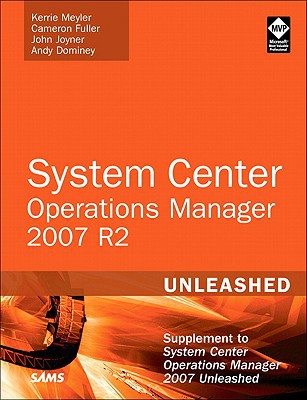Managing Computer Networks: A Case-Based Reasoning Approach
This is the first book to discuss the applications of CBR to network management. It takes a close look at the components of the CBR paradigm, and also examines the contribution of CBR as one component of a larger system for managing computer networks.
Search in google:
This is the first book to discuss the applications of CBR to network management. It takes a close look at the components of the CBR paradigm, and also examines the contribution of CBR as one component of a larger system for managing computer networks. IEEE Networking Magazine The book is about how to keep computer networks up and running — being able to anticipate potential problems and either prevent them or resolve them quickly with good solutions. More important, the book is about how to program a computer to perform these tasks automatically.
PrefaceAcknowledgmentsPt. INetwork Management and Automated Problem Solving1Ch. 1Network Management and Problem Solving3Ch. 2Problem Solving with Expert Systems15Pt. IIProblem Solving with Case-Based Reasoning37Ch. 3The Case-Based Reasoning Approach to Problem Solving39Ch. 4Examples of Successful Case-Based Reasoning Applications89Pt. IIINetwork Management and Case-Based Reasoning119Ch. 5Case-Based Reasoning in Network Fault Management Systems121Ch. 6Implementing Case-Based Reasoning in Network Fault Management Systems167Epilogue193List of Acronyms195About the Author197Index199
\ IEEE Networking MagazineThe book is about how to keep computer networks up and running — being able to anticipate potential problems and either prevent them or resolve them quickly with good solutions. More important, the book is about how to program a computer to perform these tasks automatically.\ \ \ \ \ BooknewsDescribes how to build programs that maintain computer networks and solve network problems automatically, granting the administrators and troubleshooters time for other tasks. Discusses network management in general and the principles of expert systems used to automate human expertise; introduces a problem-solving paradigm that more closely resembles human learning and problem solving, and presents case studies of its success in areas besides networks; and details a specific architecture for network fault management. Annotation c. Book News, Inc., Portland, OR (booknews.com)\ \








